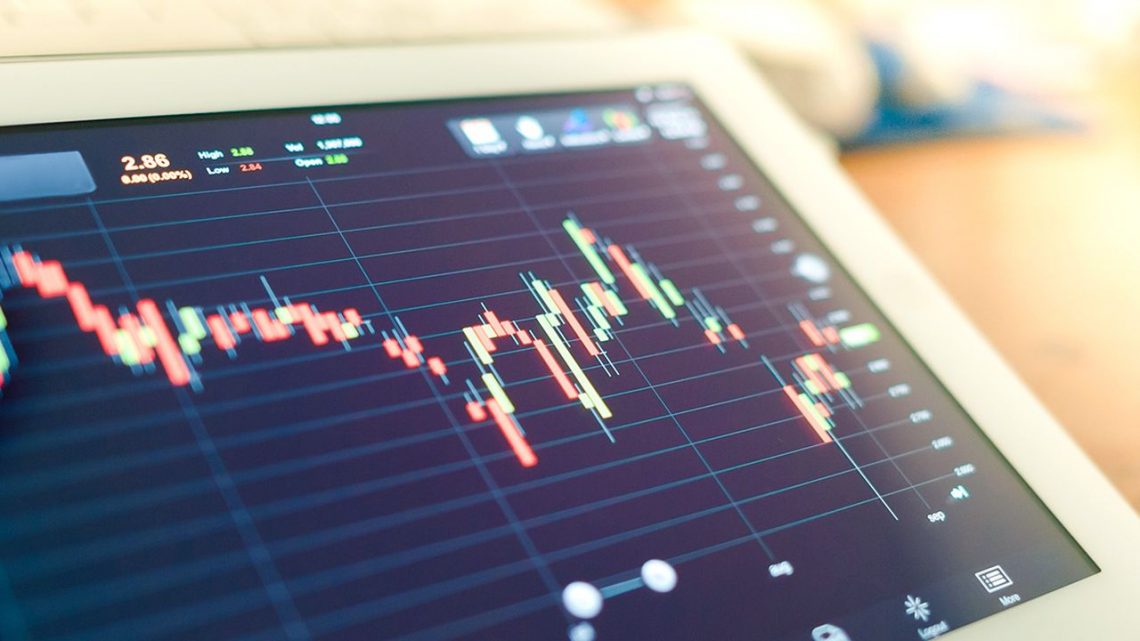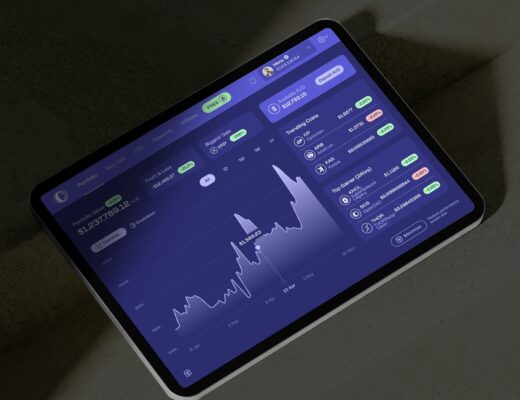What types of depositary receipts are used for the Russian market
Diversification is one of the important approaches in investor activity. It is used between assets, and afterwards it is switched to inter-industry. Some specialists also use diversification between countries, but it has a number of difficulties related to accessing the foreign market. Various types of depositary receipts have been introduced to facilitate transactions.
This paper is a financial instrument, which makes it possible to buy shares of foreign companies on the stock exchange of one’s own country. Most often, the issue of depositary receipts is engaged in large investment banks, and the latter must own the securities of the company for which the issue is made.
This type of securities became a way out of the situation when firms in one country are forbidden to place their shares on foreign stock exchanges. In order to get a receipt, one must submit an application to the broker through whom the purchase will be made. As the value of the stock increases, so does the price of the receipt.
There are different types of depositary receipts, but for Russian investors three main groups are important – American, global and Russian.
The first type, ADRs, are used for US exchanges and cover shares of issuers from other countries. The securities are denominated in dollars. Shares of Russian companies are not popular on the American floors, there are only two receipts – for MTS and Mechel.
Global Depositary Receipts or GDRs are instruments for companies whose shares are listed on several exchanges simultaneously, not including the US exchanges.
Russian depositary receipts or RDRs are issued for securities of foreign companies, which are presented on the local stock market. However, they are not popular in the country, first of all, due to the fact that the segment is underdeveloped. The number of investors on the stock exchanges is rather small, and the Russian market is not interesting for foreign companies.

Dividends are paid for shares that are purchased with depositary receipts. The instrument can be issued for a different number of securities.
It should be noted that the price of a receipt may be different from the price of a share on the stock exchange. This is due to the fact that investors from different countries perceive the same information, taking into account the individual peculiarities of their markets or the political situation in the country.
Using depository receipts has a number of advantages, first of all it is an opportunity to earn on the difference in price. Besides, if there are several accounts, it is possible to choose, on which exchange assets are cheaper to buy.
In total, more than a thousand receipts operate in the global market, 68 of them are issued for Russian companies, which are represented on foreign exchanges.










